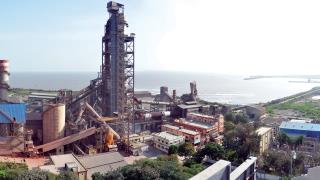Against a background of war, economic uncertainty and favourable demographics, major cement producers in the Mediterranean balance their portfolios to seize opportunities offered by this challenging but potentially-rewarding market. Despite the region’s economic and political fragility, new hubs of activity are emerging on its southern shores.
The north-south divide runs deep in the Mediterranean. In the south, Morocco, Algeria, Tunisia, Libya, Egypt, Lebanon and Turkey consider life after the Arab Spring, which brought turmoil to the region as old political systems were called into question and replaced by new ones with varying success.
However, economic recovery is taking place in most countries as they try to find their political feet again and GDP growth rates in the order of 2-4 per cent were observed in 2013.
Meanwhile, in the north, economic recovery is taking a backseat with Greece, Spain and Italy all recording a fall in GDP growth. With huge debts, lack of new investment and funding for new projects, a revival in the fortunes of cement producers seems a while away.
However, a growing population and a need for inexpensive housing are encouraging governments to find ways to issue bonds and bring in foreign capital to invigorate public construction and infrastructure programmes. But even in these troubled markets, there are signs of a fragile upturn as the steady climb back begins.
